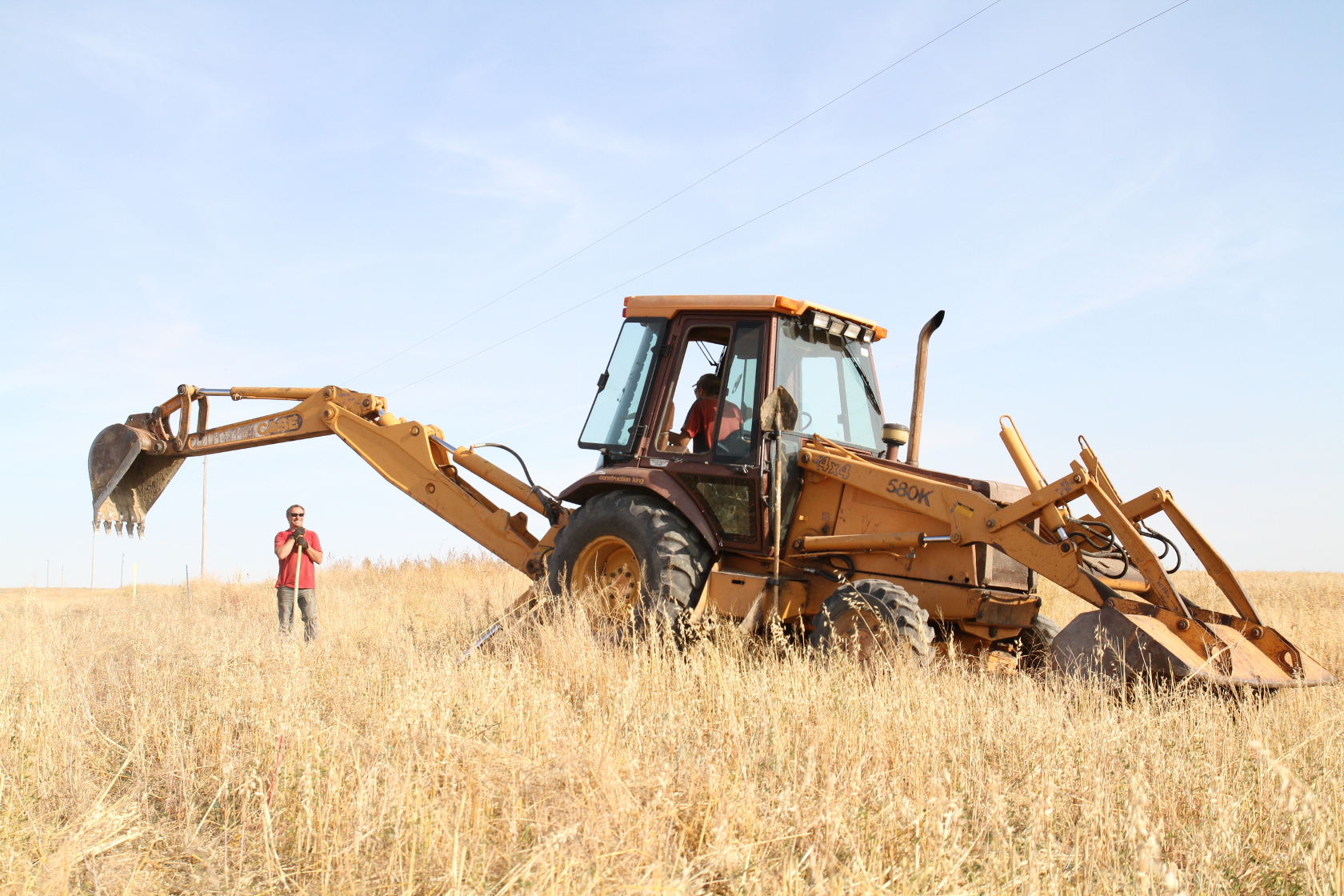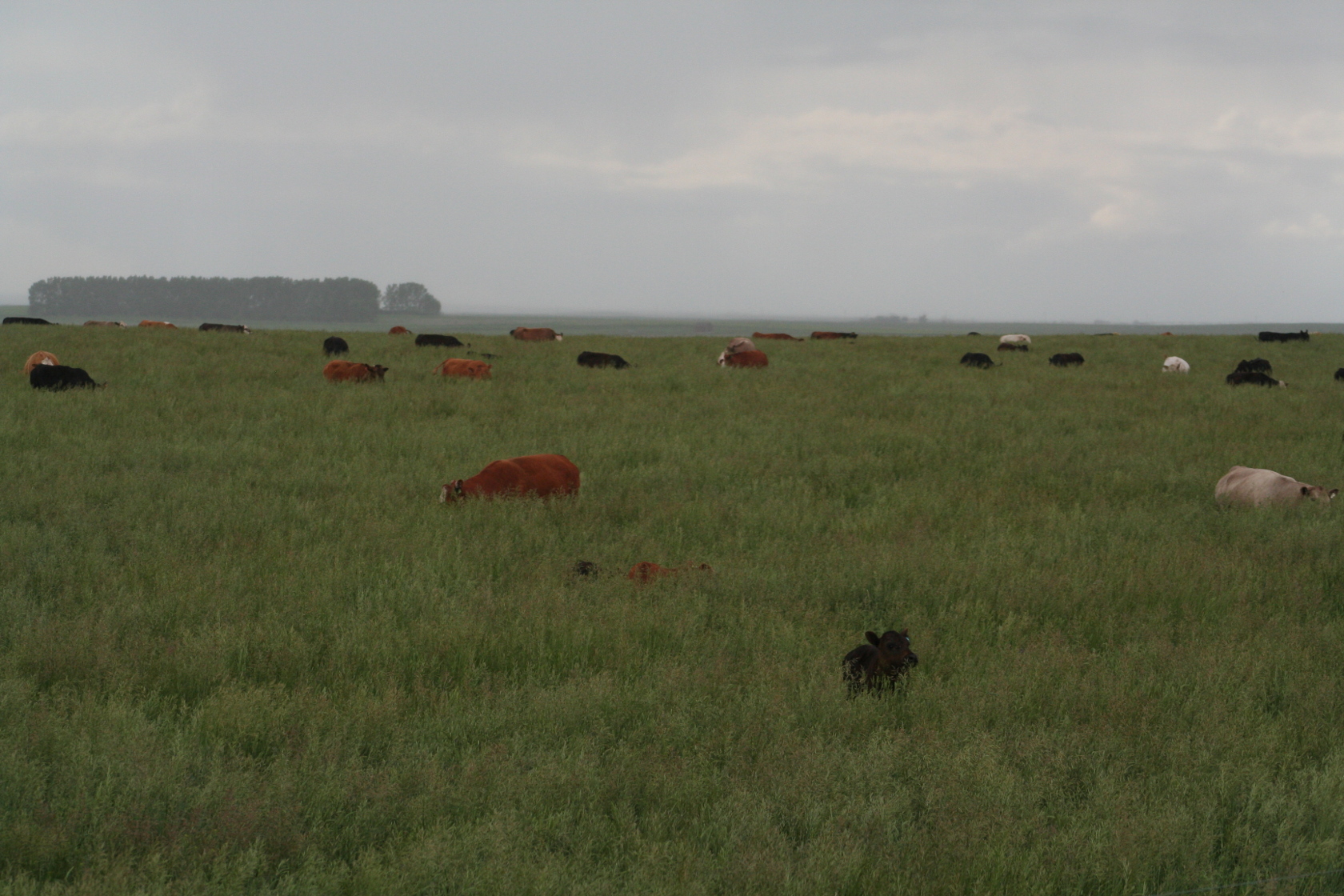Cattle
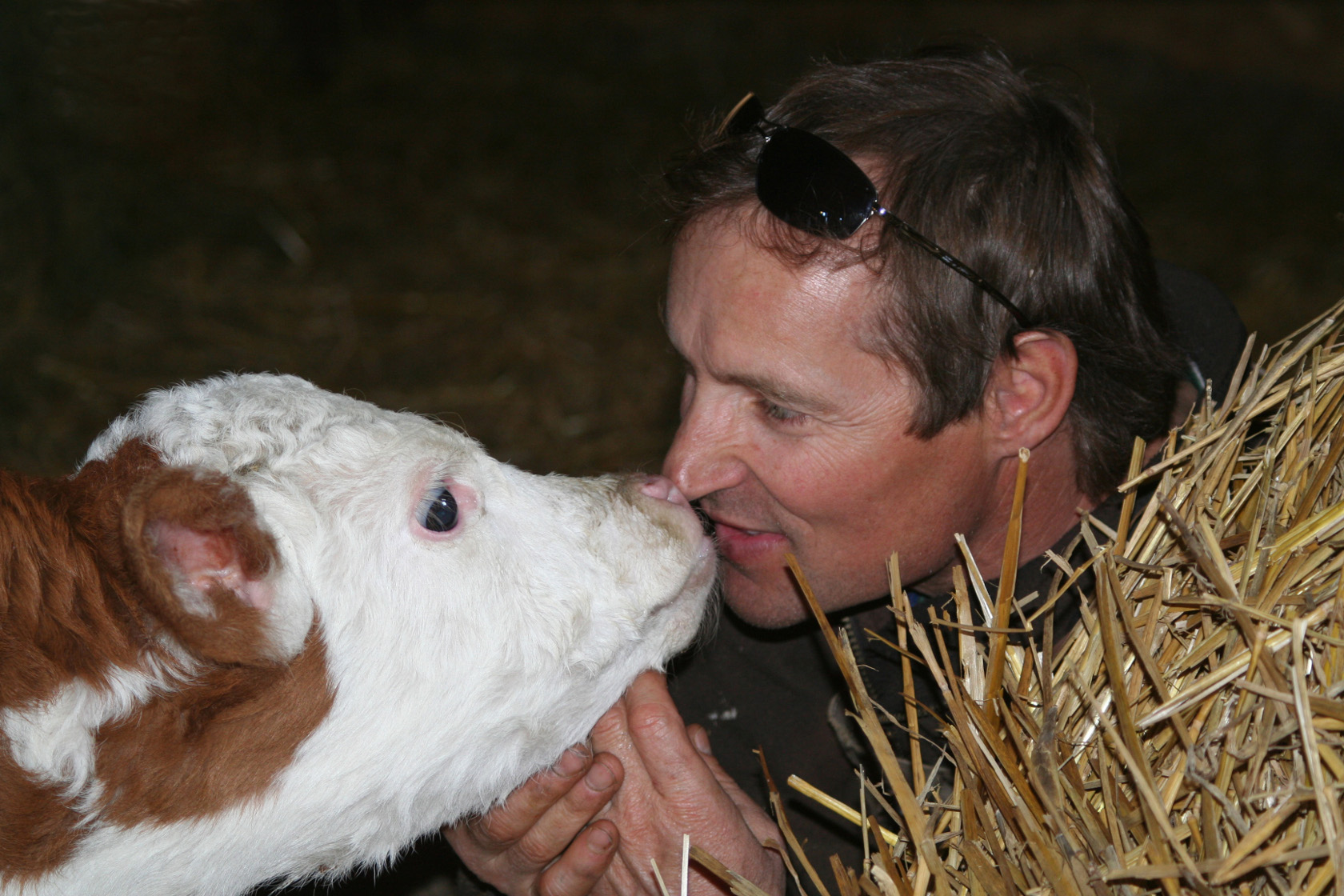
Cattle are the ultimate self propelled forage harvester, they do not need fuel, they require very little maintenance and they return what they do not need to the soil. Cattle are a great way to make use of forages as well as land that is challenging to grow annual crops on. These are just a few of the many reasons we have cattle.
Our cattle are hybrids mostly from a Beefbooster breeding program composed of a heavy Angus influence.
Winter Feeding
Through the years we have fed our cows with many different trucks. The latest being completed in December of 2015. Not many operations put as much time or effort into a winter feed truck.
Our winter feeding program consists of unrolling silage and hay bales in our pastures. We rotate the cattle through our fields in order to graze the pastures through the winter supplementing them with feed. By feeding in our pastures on top of the ground (as opposed to in feed bunks) we are able to choose where the manure is most concentrated in our pastures. We implement a method called Hilltop Feeding, which concentrates on unrolling the bales on the top of hills in the pastures in order to place the nutrients on the high ground- both organic matter from the feed and the manure - allowing the natural flow of water to direct the nutrients from there. Hilltops tend to be the most nutrient depleted areas in any field as the water leeches their nutrients out.
A History of Feed Trucks
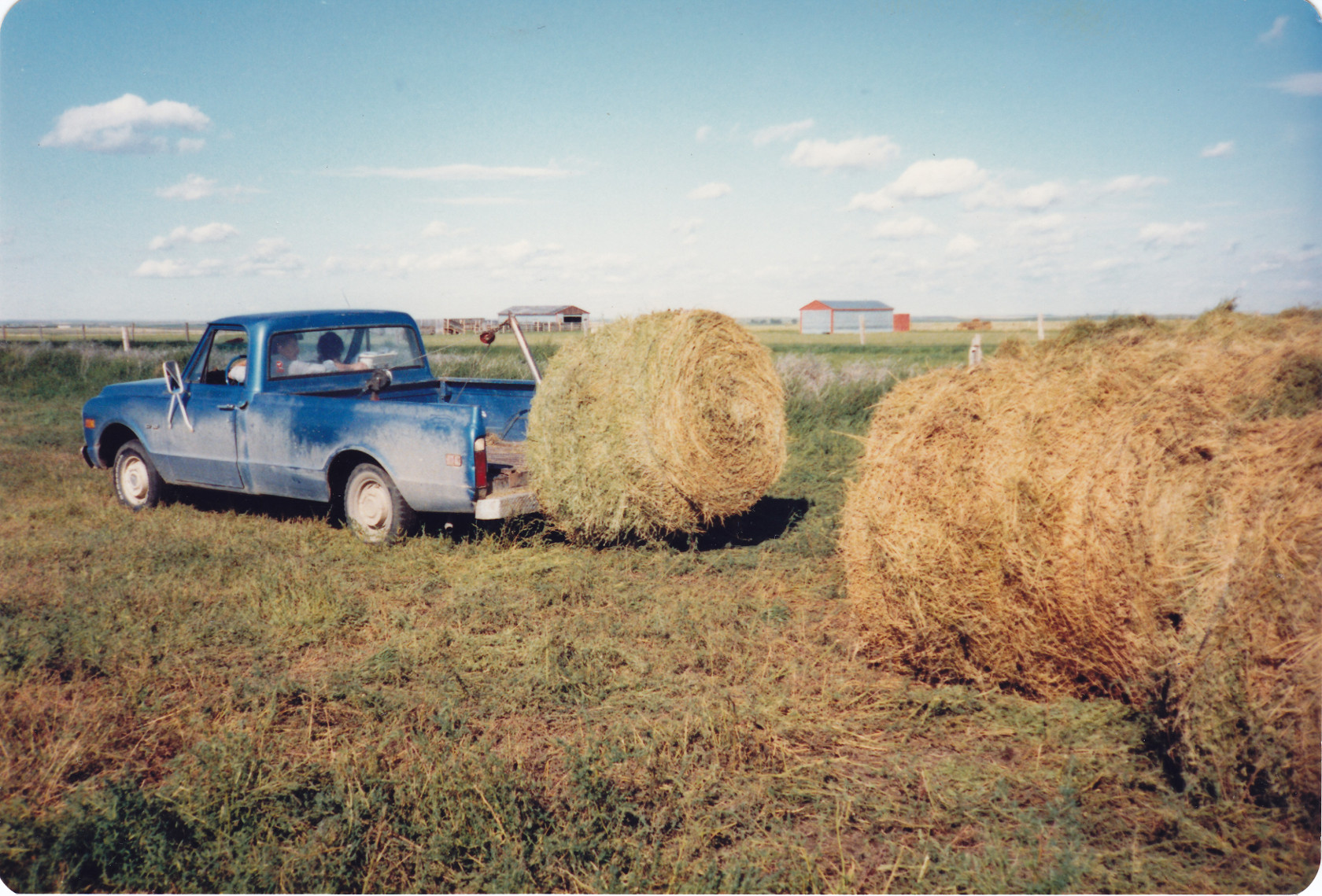
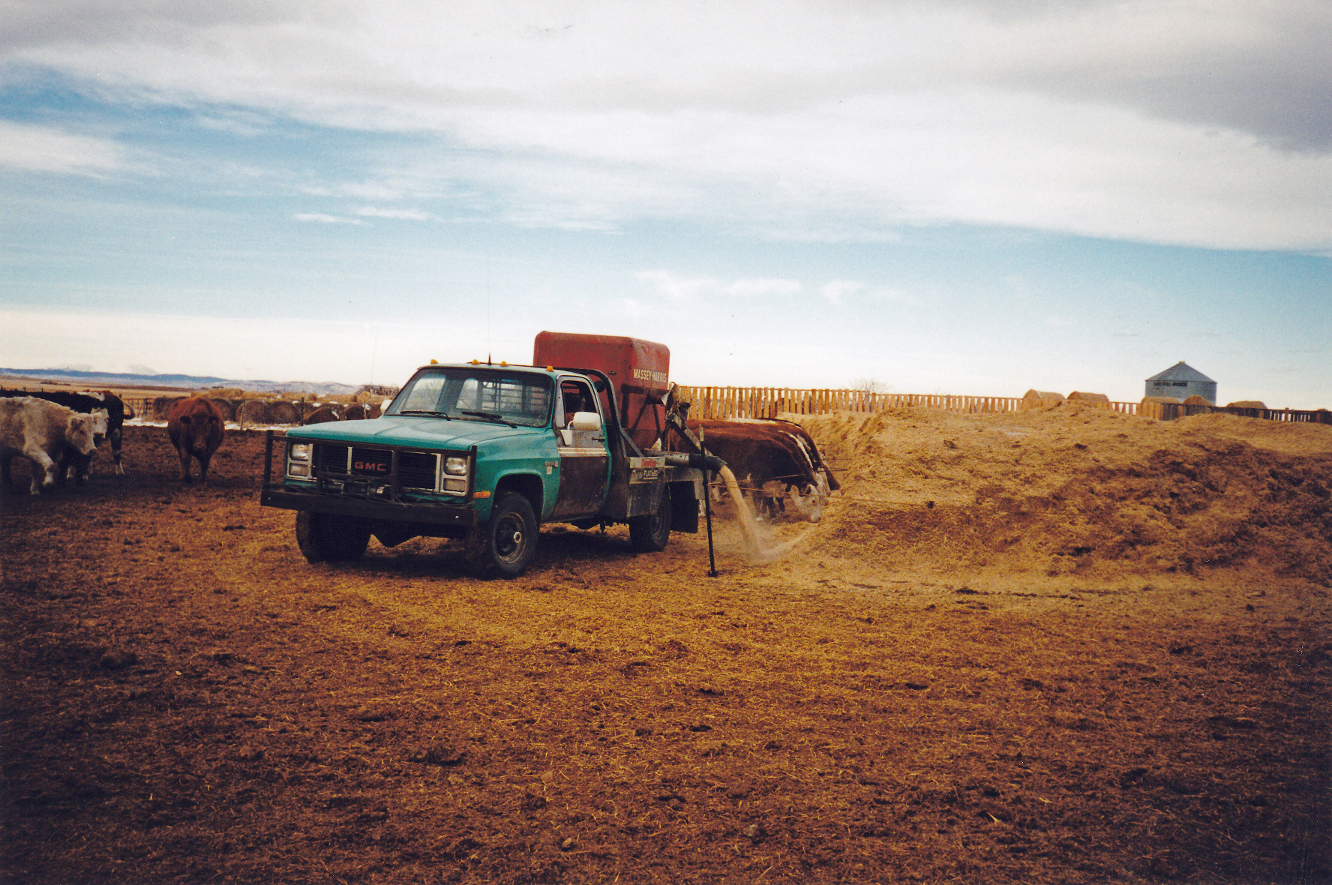
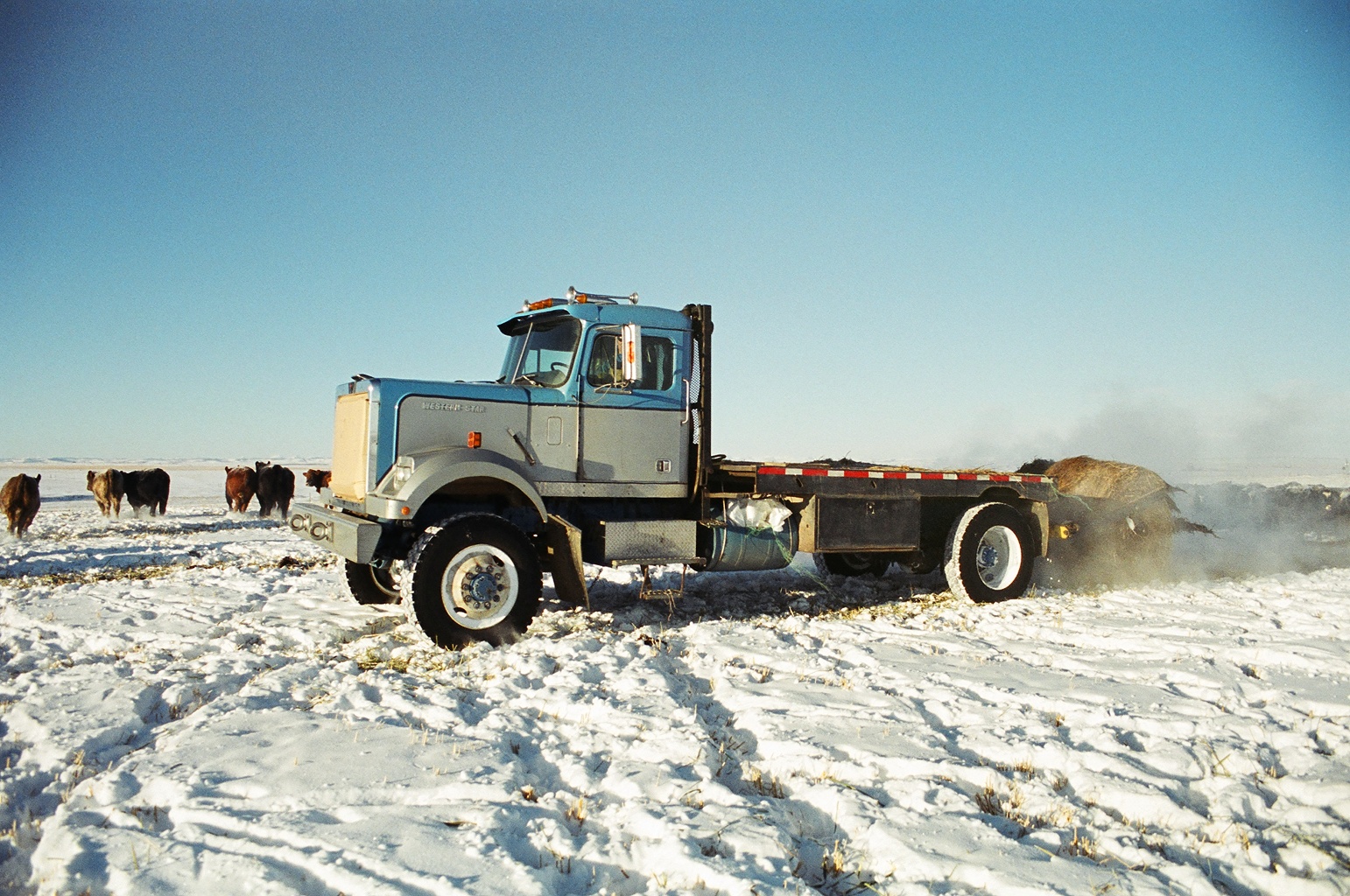

Forage Production
Cattle are one of our yearly methods of turning grass into a usable product that we can sell. That is why rather than focusing on our cows first and being cattle farmers we try to be grass farmers first and cattle farmers second; using the cows as a method of harvesting our forage production.
Our farm has a wide variety of grasses for all seasons and a large portion of native range that has proven to be the best ground for early spring grazing and calving.
We are firm believers in the concept of Management-Intensive Grazing (MIG, also called high intensity low frequency or rotational grazing). This is putting the animals in small pieces of pasture in large numbers for a short period of time and then not returning them to that pasture until the grass has had time enough time to recover. This grazing method improves pasture by ensuring nothing is over or under grazed and that every species in the pasture is utilized, as cows are unable to preferentially graze. This is more work than traditional methods, as every group of cattle has to be moved almost everyday in the summer we believe this produces enough benefits that it is well worth it.
We also try an incorporate annual forages into our rotation especially under irrigation, barley, oats, winter wheat, tillage radish, and many other species of annual crops have been planted and used to graze cattle, even into the winter.
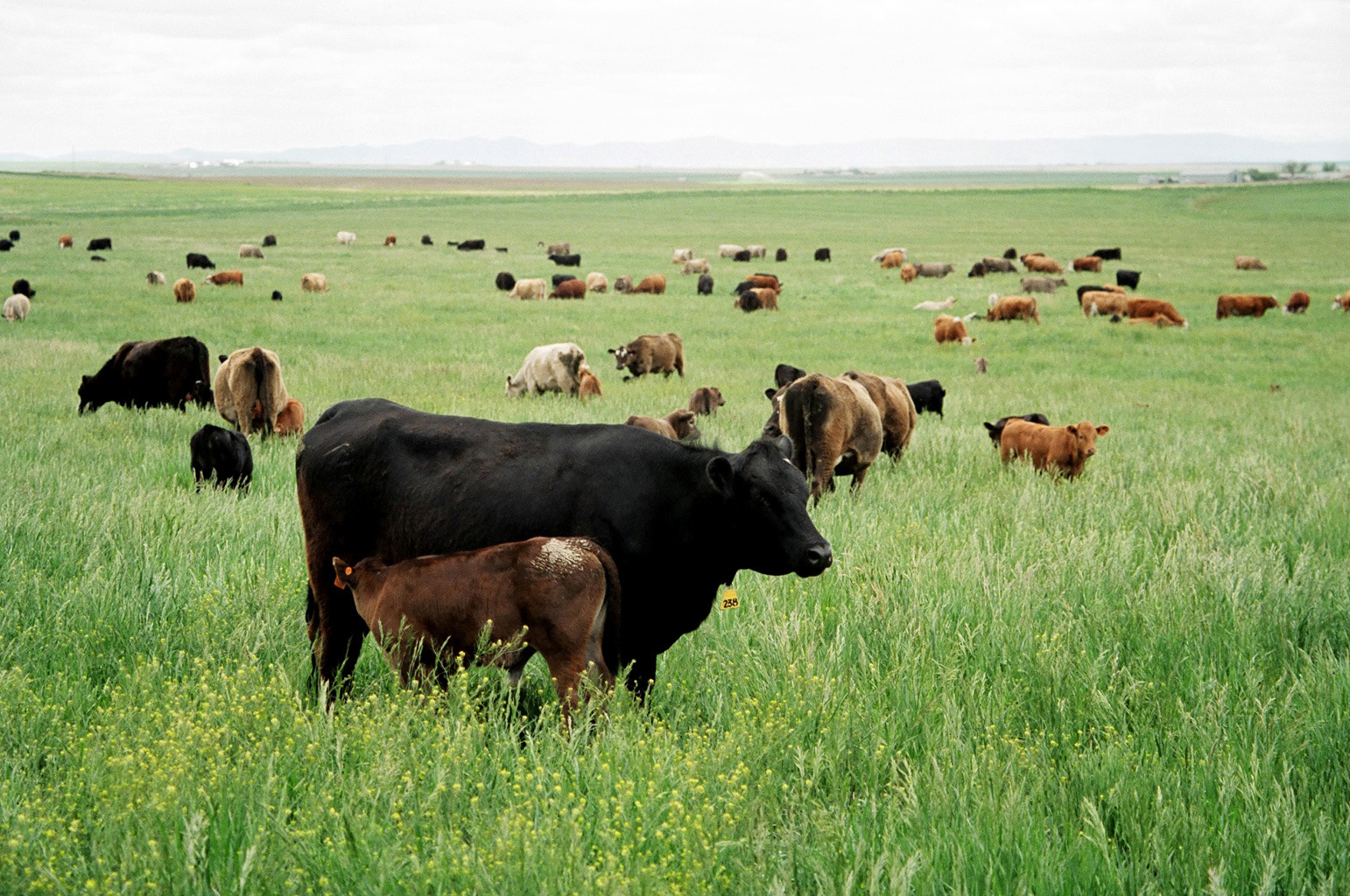
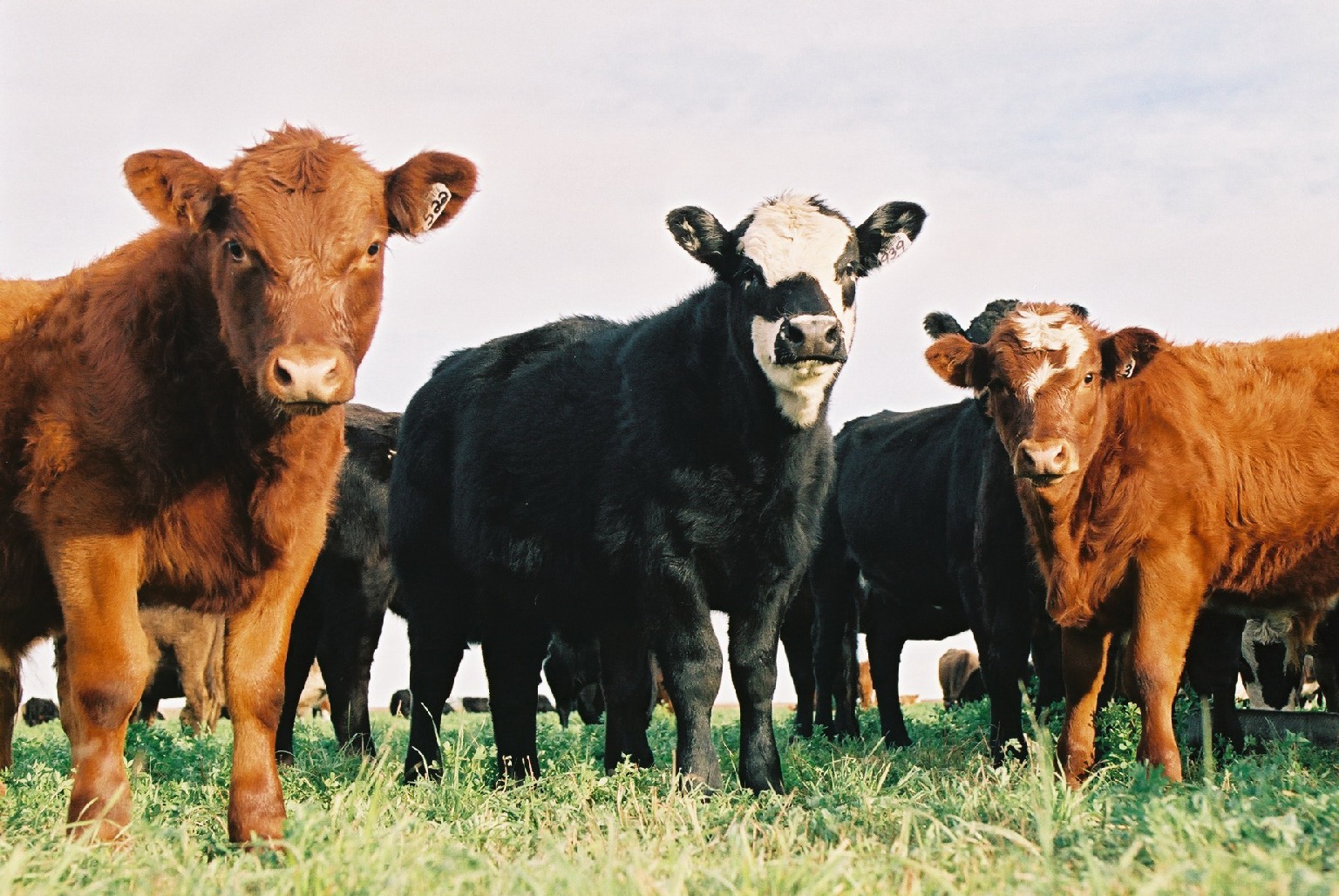
Proper Grazing Requires Infrastructure
In order to utilize forage species effectively and properly utilize the concept of MIG grazing, getting water to the cattle is a top priority. In order to graze all areas of the field evenly cattle must not have to walk too far to get water. A mature cow requires up to 30 gallons of water per day. This means it does not take very many cows and hauling water to them becomes not only unpractical but also labor intensive.
We have addressed this issue by building a vast network of underground pipelines and water troughs to water our cattle on virtually any area of our grassland.
In order to fence cattle effectively we have converted most of the farm to electric fence, which delivers a small humane electric shock to the animal when they touch it. This allows us to quickly set up and move portable electric fencing when we need to create smaller parcels and allows us to exhibit a great deal of control over where the cattle graze.
